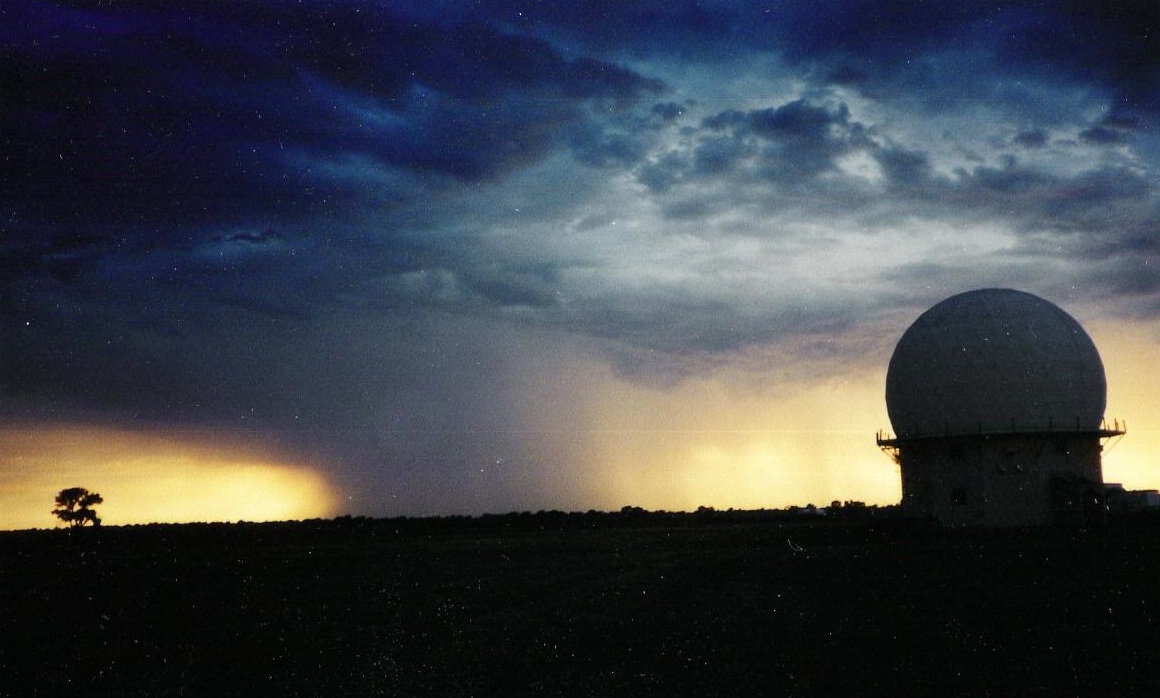Land-based surface observations of hurricanes are invaluable sources of real-time information at both inland and coastal locations. Land-based observations of pressure and wind can show how quickly a tropical cyclone decays as it moves onshore. Rainfall reports show where significant rainfall is occurring and provide the basis for flood alerts. During a hurricane’s landfall, the NOAA Hurricane Research Division (HRD) will also compare and verify data from reconnaissance aircraft to data transmitted in real-time from weather stations erected near or at the coast. The National Hurricane Center (NHC) also uses these data to evaluate conditions at landfall and to verify forecasts.
Land-based Observations |


